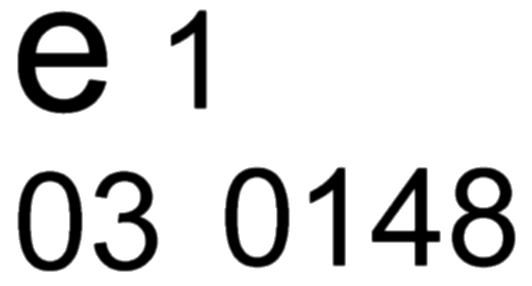
 European Automotive Compliancy (e-marking)
European Automotive Compliancy (e-marking)
 The United Nations Economic Commission for Europe
UNECE
specification
ECE regulation 10 (Rev 3)
provides similar EMC type approval requirements, however recognised more widely, such as eastern Europe and other countries in the world (for E-mark marking).
The United Nations Economic Commission for Europe
UNECE
specification
ECE regulation 10 (Rev 3)
provides similar EMC type approval requirements, however recognised more widely, such as eastern Europe and other countries in the world (for E-mark marking).